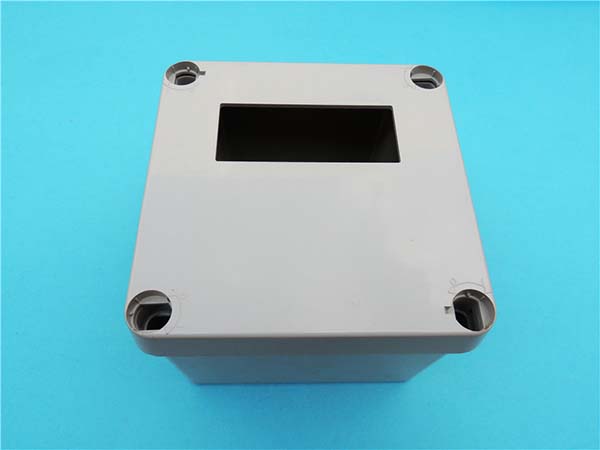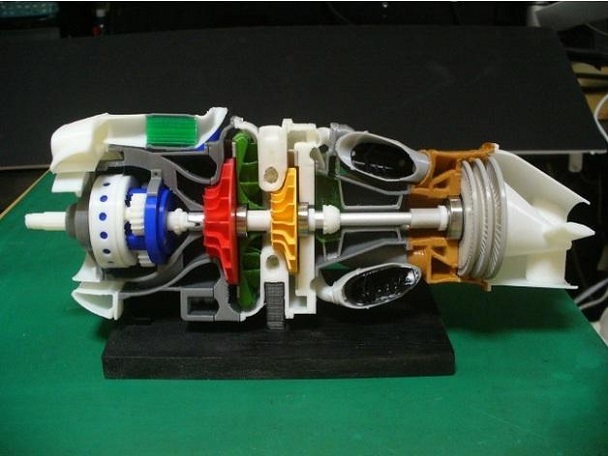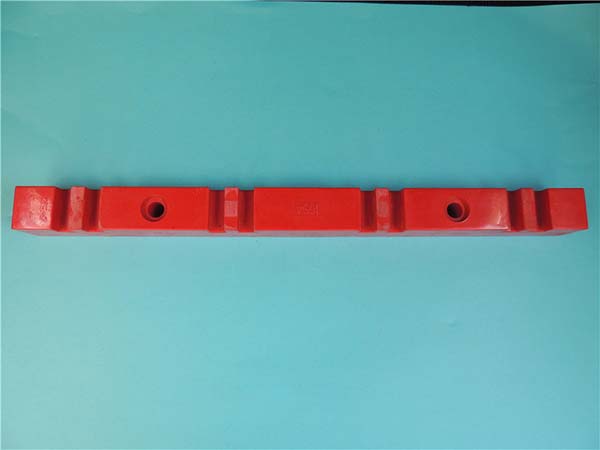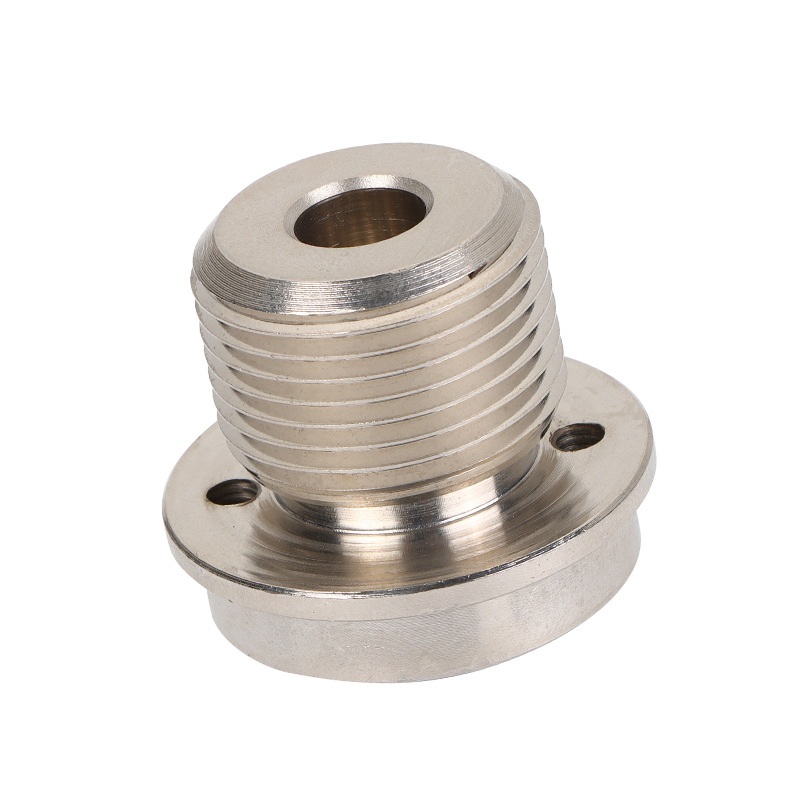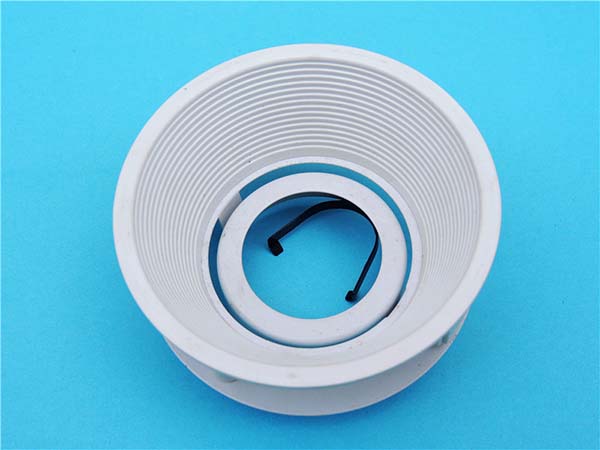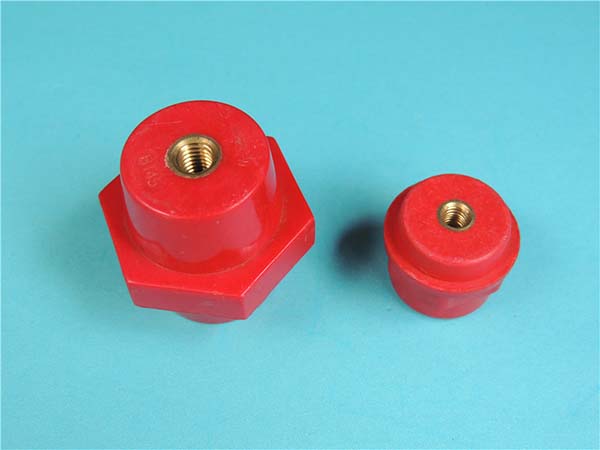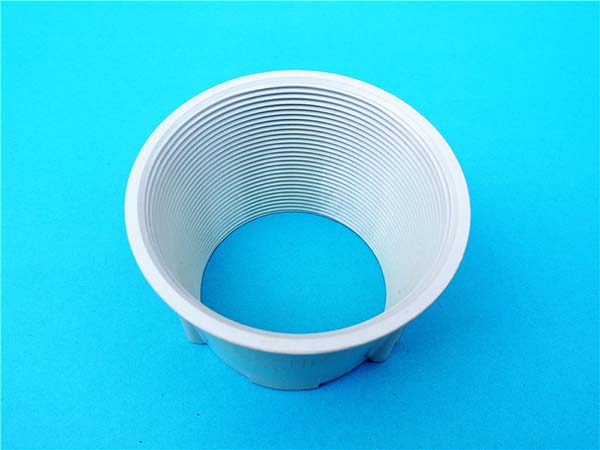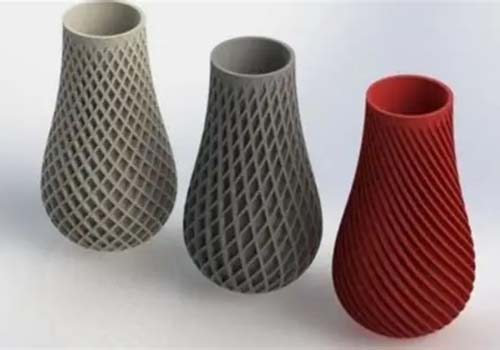3D Printing Basics
What is 3D Printing?
3D printing, also known as additive manufacturing, is a revolutionary technology that creates three - dimensional objects by layering materials based on digital models. It has transformed the way products are designed and produced, spanning across various industries such as aerospace, automotive, healthcare, and fashion. In aerospace, for example, 3D - printed parts can reduce the weight of aircraft components, improving fuel efficiency. In healthcare, customized prosthetics can be 3D - printed to fit patients' unique body shapes perfectly. This technology has enabled the production of complex geometries that were previously difficult or impossible to achieve with traditional manufacturing methods.
How Does 3D Printing Work?
The 3D printing process typically involves the following steps:
- 3D Modeling: First, you need to create a 3D model of the object you want to print. This can be done using computer - aided design (CAD) software. For a Green Lantern Ring, you can use CAD tools to design every detail, from the ring's smooth curves to the intricate GL logo on it. If you're not proficient in CAD, there are also pre - made 3D models available on platforms like Thingiverse, which can be downloaded and customized according to your preferences.
- Slicing: Once the 3D model is ready, it needs to be sliced into thin layers. Specialized slicing software takes the 3D model and divides it into hundreds or even thousands of horizontal cross - sections. Each layer represents a thin slice of the final object. During this process, the software also determines parameters such as layer thickness, infill density (how much material is inside the object), and the printing speed. For a high - quality Green Lantern Ring, a relatively thin layer thickness (e.g., 0.1 - 0.2 mm) is often chosen to ensure a smooth surface finish.
- Printing: After slicing, the data is sent to the 3D printer. The printer then reads the sliced data and starts depositing materials layer by layer. Different 3D printers use various techniques for material deposition. For instance, a fused deposition modeling (FDM) printer melts a filament (usually made of plastic like PLA or ABS) and extrudes it through a nozzle, depositing the melted material layer by layer to build up the object. As the layers stack up, the Green Lantern Ring gradually takes shape, with each layer adhering to the previous one until the entire ring is complete.
3D Printing a Green Lantern Ring
Step - by - Step Guide
- Design Model
- Using CAD Software: If you have experience with 3D modeling, software like Blender, Autodesk Fusion 360, or Rhino can be used to create a custom Green Lantern Ring model from scratch. For example, in Blender, you can start by creating a basic ring - shaped cylinder and then use the sculpting tools to add the detailed Green Lantern logo and other intricate patterns. It requires some learning, but it gives you full control over the design.
- Downloading Pre - made Models: For those without 3D modeling skills, websites like Thingiverse, MyMiniFactory, and Cults 3D offer a wide range of pre - made Green Lantern Ring models. These models are often free or available for a small fee. You can browse through different versions, choose the one that best suits your aesthetic preferences, and download the STL (Standard Tessellation Language) file, which is the format most 3D printers can recognize.
- Select the Right Material
- PLA (Polylactic Acid): PLA is a popular choice for 3D printing the Green Lantern Ring. It is made from renewable resources like corn starch or sugarcane. PLA has a relatively low melting point, usually around 180 - 220°C, which makes it easier to print with on most desktop 3D printers. It also produces less odor during printing compared to some other materials. The surface finish of PLA prints is often smooth, which is great for the Green Lantern Ring's sleek look. However, it is not as heat - resistant as some other plastics, so it may warp slightly if exposed to high temperatures.
- ABS (Acrylonitrile Butadiene Styrene): ABS is a more durable and heat - resistant material, with a melting point around 220 - 250°C. It is stronger than PLA, which can be an advantage if you plan to wear the ring frequently or want a more robust replica. ABS can also be sanded and painted more easily in some cases, allowing for a more professional - looking finish. But it requires a heated print bed and better ventilation during printing due to the release of fumes.
- Set Printing Parameters
- Temperature: For PLA, set the nozzle temperature around 200 - 210°C and the bed temperature (if applicable) around 50 - 60°C. For ABS, the nozzle temperature should be set around 230 - 240°C, and the bed temperature around 90 - 110°C to prevent warping.
- Layer Height: A layer height of 0.1 - 0.2 mm is recommended for a high - quality print. A lower layer height will result in a smoother surface but longer print times, while a higher layer height can speed up the process but may lead to a slightly rougher finish.
- Infill Density: An infill density of 20 - 30% is usually sufficient for a Green Lantern Ring. This provides enough strength without using excessive amounts of material. Higher infill densities will make the ring more solid but also heavier and take longer to print.
- Start Printing
- Load the filament (PLA or ABS) into the 3D printer and send the sliced model data to the printer. Monitor the initial layers to ensure proper adhesion to the print bed. If the ring starts to warp or lift off the bed, you may need to adjust the bed adhesion (e.g., using glue stick, hairspray, or a brim feature in the slicing software).
- Post - Processing
- Removing Support Structures: If your model had support structures during printing (which are often necessary for overhanging parts), carefully remove them. You can use tools like tweezers, pliers, or a sharp knife. Be gentle to avoid damaging the main ring structure.
- Sanding: Use sandpaper of different grits, starting from a coarser grit (e.g., 220 - 400) to remove any rough edges or bumps, and then moving to a finer grit (800 - 1200) for a smoother finish.
- Painting: Prime the ring first to ensure better paint adhesion. Then, use green spray paint or acrylic paint to achieve the iconic Green Lantern color. You can also add a clear coat for a more glossy and protective finish.
Comparing 3D Printing Methods for the Ring
FDM (Fused Deposition Modeling)
FDM is one of the most common 3D printing methods. It works by heating a spool of filament material, such as PLA or ABS, until it becomes molten. The heated material is then extruded through a nozzle, which moves in a precise pattern according to the sliced 3D model data. As the material is deposited layer by layer, it cools and solidifies, gradually building up the 3D object.
Advantages:
- Cost - Effective: FDM printers are relatively affordable, with many desktop models available for under \(500. The filament materials are also inexpensive, making it a budget - friendly option for hobbyists and those on a tight budget. For example, a 1 - kg spool of PLA filament typically costs around \)15 - $20.
- Widely Available: FDM technology is highly accessible. There are numerous FDM 3D printers on the market, from well - known brands like Creality and Ender, and a large community of users who share tips, tricks, and model files. This means that getting started with FDM 3D printing is relatively easy, and you can find support and resources online.
Disadvantages:
- Surface Roughness: FDM prints often have a visible layer - by - layer texture, which can result in a relatively rough surface finish. This may require additional post - processing, such as sanding and painting, to achieve a smooth look, especially for a detailed Green Lantern Ring.
- Limited Precision: While FDM printers can achieve decent accuracy, they generally have a lower precision compared to some other 3D printing methods. The minimum feature size that can be printed is often around 0.2 - 0.4 mm, which might not be sufficient for extremely intricate details on the ring.
SLA (Stereolithography)
SLA is another popular 3D printing technology. It uses a vat of liquid photosensitive resin and a UV light source. The UV light is projected or scanned onto the surface of the resin, curing the resin layer by layer according to the cross - sectional shape of the 3D model. As each layer is cured, the build platform is lowered, and a new layer of resin is exposed to the UV light for curing.
Advantages:
- High Precision: SLA printers can achieve extremely high precision, with some models capable of producing parts with a layer thickness as low as 0.025 mm. This makes it ideal for printing the fine details of a Green Lantern Ring, such as the intricate GL logo, with exceptional clarity.
- Smooth Surface Finish: SLA prints typically have a very smooth surface, often requiring minimal post - processing. The cured resin forms a seamless surface, which is great for achieving the sleek and polished look of the Green Lantern Ring.
Disadvantages:
- High Cost: SLA printers are generally more expensive than FDM printers. Entry - level SLA printers can cost upwards of \(1000, and professional - grade models can be several thousand dollars. The resin materials are also more costly, with a liter of resin often costing \)50 - $100 or more.
- Limited Material Options: Compared to FDM, which has a wide range of filament materials available, SLA is mainly limited to photosensitive resins. Although there are different types of resins with various properties (such as rigid, flexible, or high - temperature - resistant), the overall material selection is still more restricted.
Yigu Technology's Perspective
As a non - standard plastic metal products custom Supplier, Yigu Technology has rich experience in 3D printing materials and processes. We believe that with the continuous development of 3D printing technology, it has become an excellent choice for creating personalized items, such as the Green Lantern Ring.
Our expertise in 3D printing materials allows us to understand the unique properties of each material. For the Green Lantern Ring, materials like PLA and ABS have their own characteristics, and we can guide customers to make the best choice according to their specific requirements. In terms of the printing process, we know how to optimize parameters to ensure high - quality prints.
3D printing is uniquely advantageous for creating complex - shaped items like the Green Lantern Ring. It can bring to life the most intricate details of the ring's design. However, we also recognize that there are challenges. Material selection is crucial, as it directly affects the final look and durability of the ring. Additionally, optimizing printing parameters is essential to avoid issues like warping or poor surface finish. But overall, we are confident that 3D printing can meet the needs of fans who want to own a customized Green Lantern Ring.
FAQs
1. What is the best 3D printing material for a Green Lantern Ring?
The best material depends on your priorities. If you want a cost - effective option with a relatively smooth surface and are not too concerned about heat resistance, PLA is a great choice. It is easy to print and has a low melting point. However, if you need a more durable and heat - resistant ring, ABS might be better. It is stronger and can withstand higher temperatures, although it requires a heated print bed and better ventilation during printing.
2. Do I need to be good at 3D modeling to 3D print a Green Lantern Ring?
No, you don't. If you are not proficient in 3D modeling, there are numerous pre - made Green Lantern Ring models available on platforms like Thingiverse, MyMiniFactory, and Cults 3D. You can download these models in STL format and use them directly for 3D printing. However, if you have 3D modeling skills, you can use software like Blender or Autodesk Fusion 360 to create a completely custom - designed ring.
3. How can I improve the surface finish of my 3D - printed Green Lantern Ring?
To improve the surface finish, first, choose a low layer height (0.1 - 0.2 mm) during printing. After printing, sand the ring using sandpaper of different grits, starting from a coarser grit to remove rough edges and then moving to a finer grit for a smoother finish. You can also prime and paint the ring. A clear coat can be added for a glossy and protective finish.
